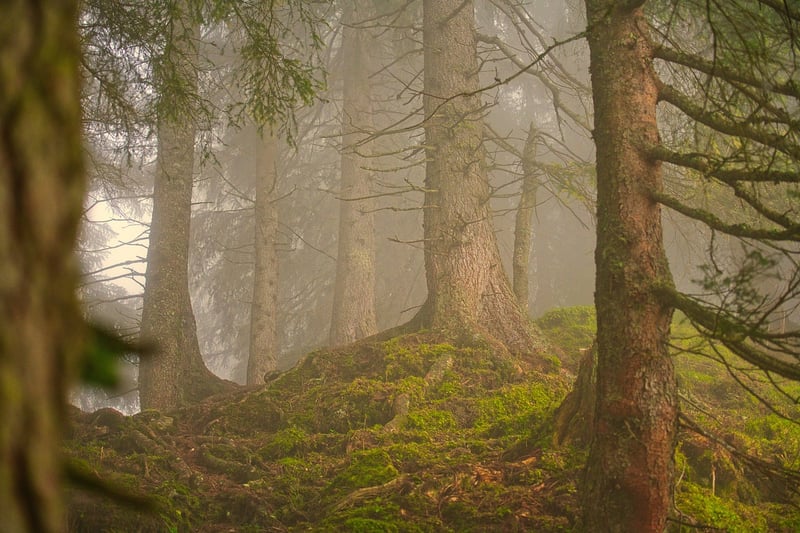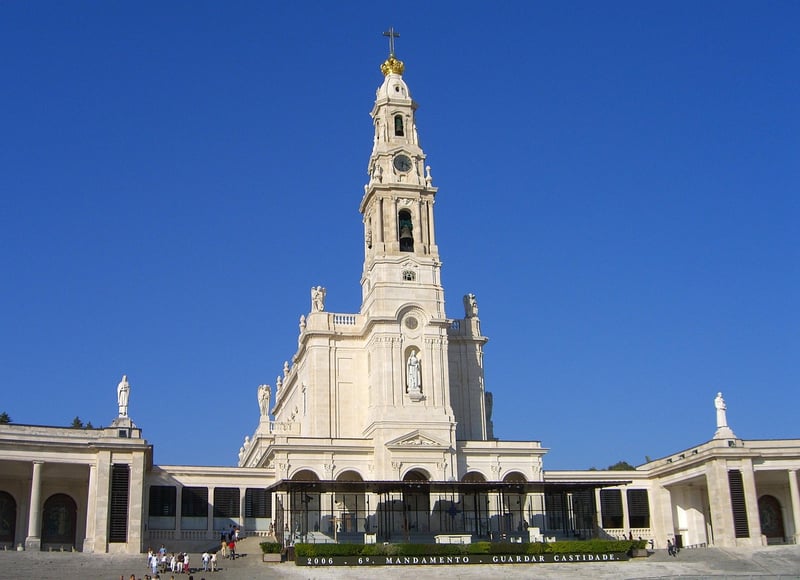Natural Sanctuaries
Designing with the Environment in Mind
When it comes to creating spaces that not only look beautiful but also have a positive impact on the environment, incorporating natural sanctuaries into your designs can be a game-changer. Natural sanctuaries are areas that have been intentionally designed or preserved to promote biodiversity, provide habitat for wildlife, and offer a peaceful retreat for humans. Here are some key considerations when designing with the environment in mind:
1. Native Plants
Using native plants in your design is essential for creating a thriving ecosystem. Native plants are adapted to the local climate and soil conditions, requiring less water and maintenance. They also provide food and habitat for local wildlife, supporting biodiversity.
2. Sustainable Materials
Choosing sustainable materials such as reclaimed wood, recycled plastics, or bamboo can help reduce the environmental impact of your design. These materials are often more durable and have a lower carbon footprint compared to traditional materials.
3. Water Conservation
Implementing water-saving features like rain gardens, permeable paving, and drip irrigation systems can help conserve water and reduce runoff. These features not only benefit the environment but also create a visually appealing landscape.
4. Wildlife Habitat
Creating spaces that provide shelter, food, and water for wildlife can help support local ecosystems. Birdhouses, bat boxes, and pollinator gardens are great additions to any natural sanctuary design.
5. Education and Awareness
Include educational signage or workshops in your design to raise awareness about the importance of environmental conservation. Engaging the community in sustainability initiatives can help promote long-term environmental stewardship.
Natural Sanctuaries
Integrating natural sanctuaries into your designs not only benefits the environment but also enhances the overall well-being of individuals who interact with these spaces. Whether it's a community park, school garden, or residential backyard, creating natural sanctuaries can bring people closer to nature and foster a sense of connection and stewardship.

Designing with the environment in mind and incorporating natural sanctuaries can have a lasting impact on the planet and its inhabitants. By prioritizing sustainability, biodiversity, and community engagement, designers can create spaces that not only look beautiful but also contribute to a healthier and more vibrant world.
Let's work together to design a greener, more sustainable future!
